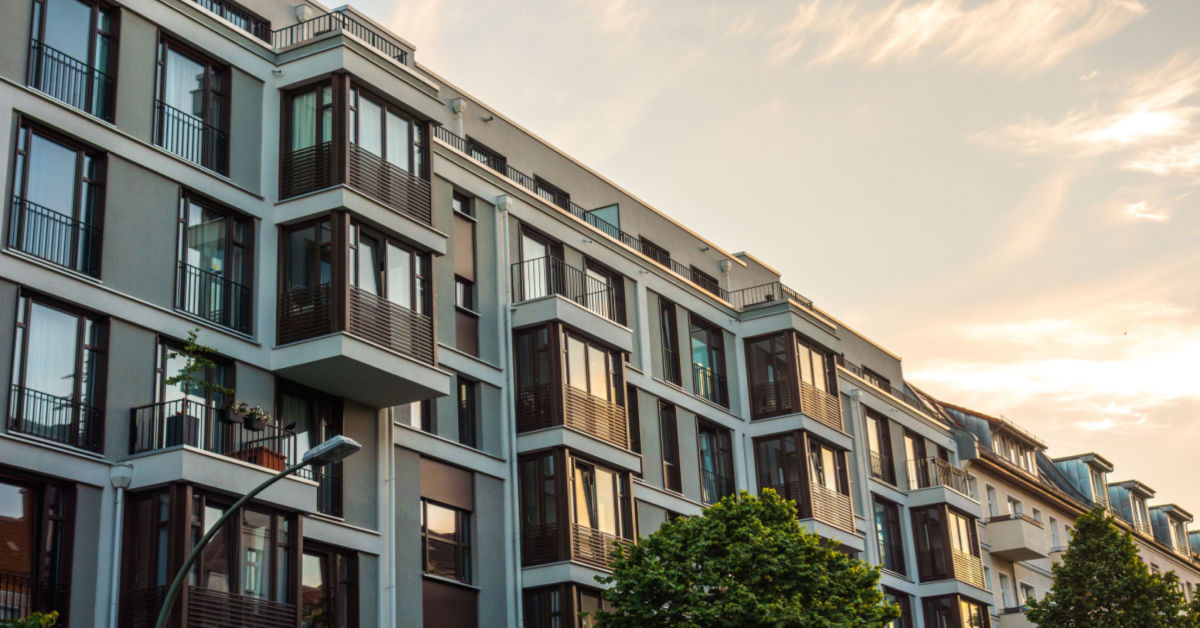The recent cooling of apartment rent growth further accelerated in July, with the average multifamily rent up $10 from June, the smallest gain this year.
That’s according to Yardi Matrix, whose latest National Multifamily Report also revealed that year-over-year growth backtracked more than a percentage point, ending July at 12.6%. The pace of annualized rent growth is now 2.6 percentage points off the 2022 peak of 15.2% seen in February.
By historic standards, rent prices and rent growth both remain elevated. July’s increase brought the country’s average rent to a record $1,717. But it’s clear that adverse economic conditions have hit the brakes on the multifamily market’s consistently rapid growth seen late last year.
Even high-growth metros are seeing the pace of rent gains slow dramatically. For example, Orlando, Miami and Tampa — each of which had seen rent growth swell as new residents attracted to the warm weather and relatively affordable housing flocked from pricey gateway cities — saw annual rent increases drop by 3 to 4 percentage points from June to July.
Despite these slowdowns, Florida still leads the way in rent gains, with Orlando (20.2% year-over-year rent growth), Miami (19.5%) and Tampa (17.4%) listed in the top five for annual increases among the 30 major rental hubs tracked by Yardi Matrix. They were joined in July by fellow warm-weather markets Orange County, California (17.6%), and Raleigh (17.5%).
Meanwhile, national occupancy rates remain stout, although the arrow is pointing in opposite directions for the aforementioned high-growth metros and the gateway cities from which renters had been relocating. Through June, occupancy rates rose yearly by 100 basis points or more in four pricey markets: New York (1%), Chicago (1%), and the Bay Area cities of San Jose and San Francisco (1.7% and 1%, respectively).
Absorption in San Jose was especially robust, pushing the occupancy rate to 96.7% even with 3.2% of stock added via new deliveries over the past year. The return to on-site work is helping coax renters back to 24-hour cities, with gateway and coastal metros ranking as the top seven cities in annualized occupancy-rate growth. Conversely, the slowing of migration coupled with an influx of finished new construction has tempered multifamily absorption in cities that had been migration destinations earlier in the COVID-19 era.






